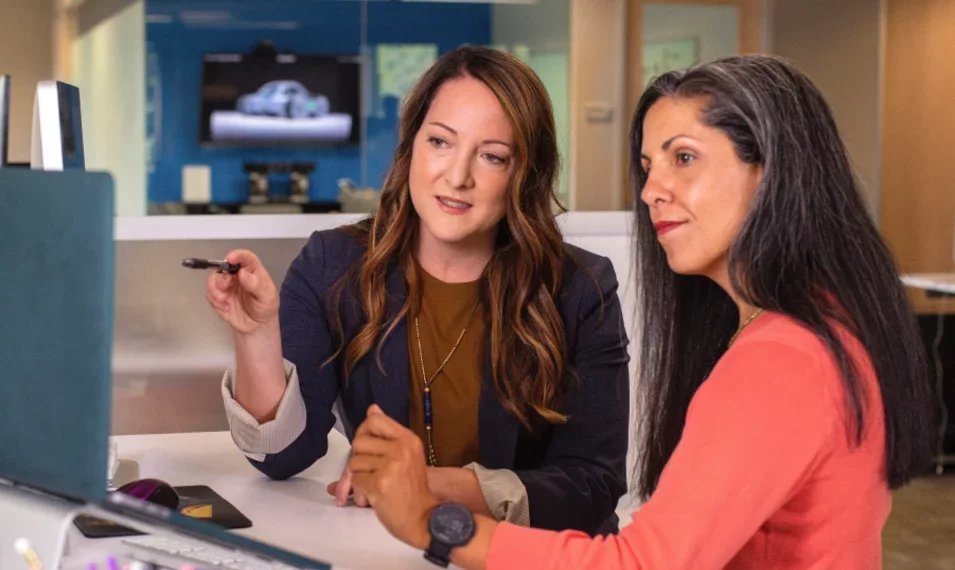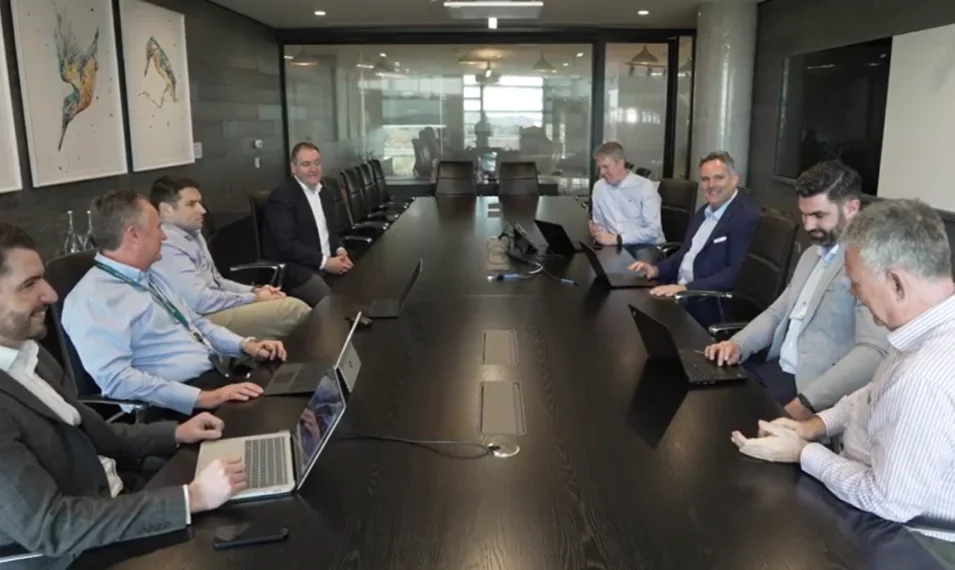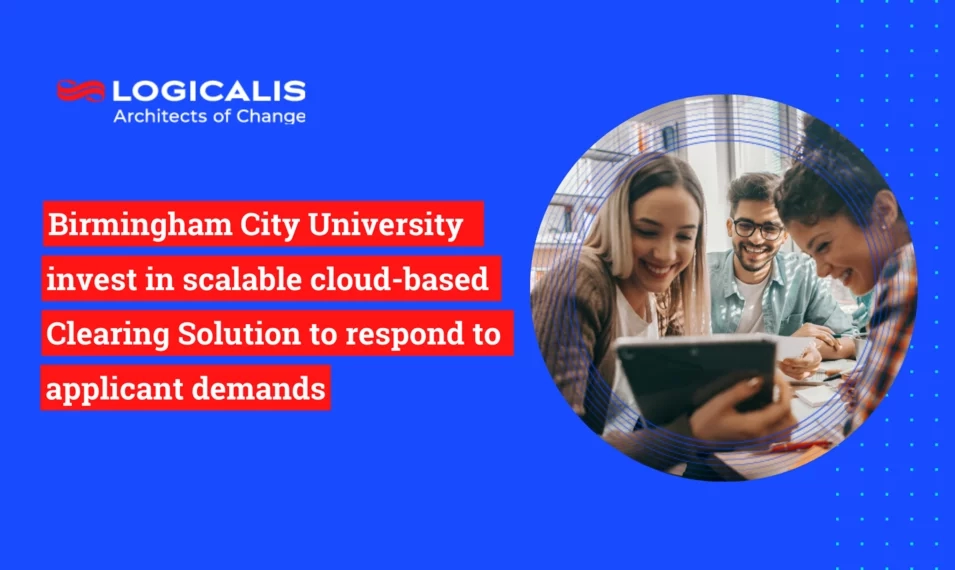, Jun 26, 2015
BLP has been going through some significant changes over the last couple of years. We thought we would grab this opportunity to chat to the firm’s Head of Strategic Client Technology, Bruce Braude, to see how technology investments are supporting innovation across the firm.
Click here to download the PDF version of this expert interview.
Fanni: Before we talk about BLP, could you please elaborate on your background and how you got involved with technology?
Bruce: My background is in software engineering which over time transitioned into operations, business management and strategy. I have always been passionate about leveraging technology to enable business innovation, with a key component of this in the current business landscape being analytics and Big Data. As a result of various dynamics in the legal services industry, I recently transitioned into my current role, which draws on the various elements of my professional background.
Fanni: In BLP’s case, why did the firm start to leverage technology and analytics more?
Bruce: Historically technology has served primarily to support lawyers working in the same manner as they have done traditionally. The keyboard replaced the pen or the quill and email replaced faxes or post but the essence of the work remained the same. Some recent developments have put pressure on lawyers to change:
- The recent financial crisis and greater involvement of professional procurement has resulted in clients of legal services becoming far more price sensitive and sophisticated in their purchasing requirements.
- The Legal Services Act of 2007 and the emergence of Alternative Business Structures is offering clients alternatives to the traditional law firm service model.
- Technology and Big Data have impacted on multiple aspects of clients’ lives and the services available to them (e.g. Amazon, AirBnB, Uber, iphones, ipads etc) and clients are beginning to expect this in their business lives too.
This is all resulting in:
- Greater and alternative types of competition.
- A significant shift to fixed fee work with tight price pressures resulting in law firms needing to focus on efficiency and their cost base.
- Clients having higher service level expectations.
- Need for better and quicker collaboration, both internally and with clients
Traditional law firms and new entrants are committing a significant focus to how technology and analytics can be leveraged to better understand their clients, serve their changing needs and to offer new services that the clients themselves may not yet have identified. As in almost every other industry, there is now a far greater focus on leveraging data to provide deeper business insights and to enable automation and AI. Technology in a law firm is therefore becoming far more closely aligned with the business and its needs. A much closer collaboration between the technologists and lawyers is essential and is now taking place to a greater degree.
Fanni: Based on our experience at Trovus, one of the key ingredients to a successful technology project is making sure that technology investments are closely aligned to the firm’s strategic goals. How did you achieve that at BLP?
Bruce: Due to the opportunities that technology offers in enabling new services and business models, technology has formed a core component of strategic discussions at the highest level at BLP. Senior leaderships are active drivers of the technology agenda.
Equally, the culture at BLP is one of ‘broad consultation’ and we have therefore consulted the firm widely. Suggestions of new ideas and ways to improve can come from anywhere in the organisation and therefore wide involvement and contribution has been fostered.
Fanni: How did you manage collaborating ideas from every part of your business?
Bruce: It has certainly helped that the senior people appreciated the value and saw the importance and necessity of looking at technologies and the opportunities it provides with regards to improving efficiency.
Law is not a particularly numeracy based profession and shifting lawyers’ mind-sets from qualitative experience and intuition to that of being supported by data and analytics has been a real cultural shift. The key to success, as Trovus has shown, has been to find and highlight the key messages in the data rather than overwhelm people with too much information.
We ran a series of workshops to gain ideas and engage across all levels. Through a process of education, people became more receptive to new ideas and they certainly felt involved with the decisions. Obviously we cannot expect everyone to be an evangelist, however they were still supportive of the overall idea behind the necessity for change.
Fanni: One of the findings from our legal roundtable was around how data can support conversations around value retention as part of pricing strategies. Do you use information to support discussions around pricing?
Bruce: Absolutely. When pricing, we factor in the overall client relationship, the composite services offered to a client and information relating to the resources and costs that will be incurred in providing the service. Law firms need to communicate better with their clients and provide relationship partners with the appropriate analytics, enabling far richer and more meaningful discussions.
Fanni: How did the fee earners react to these changes?
Bruce: It has been a real eye-opener. Using data gives lawyers a lot more confidence that even when pricing is under pressure, they can still be competitive and profitable. Having the right analytics has also ensured that the correct resourcing decisions are taken in servicing client work.
Combining these with the comprehensive view of client’s services enables a win-win situation in which the full relationship value is considered from both the client and the firm’s perspectives.
Fanni: Can you give us an overview of the role of a client technologist?
Bruce: I think the role of a client technologist is to facilitate and drive the adoption of technology that will give a law firm a competitive edge in the market.
The first part of facilitation is research and education. It is essential to keep everyone informed about new technologies and new applications, in the legal industry but equally importantly, technologies emerging in other industries. Taking into account that lawyers are experts in their specific domains and understand their clients, they also need to understand what is possible with technology. This also applies to technologists, as they too need to have a thorough understanding of their law firm and how technology will align with its business and culture.
The next element is facilitating the respective strategy, innovation and implementation processes. We have lawyers, technologists, finance, marketing and others with great insights and perspectives. To succeed, we need to bring their respective areas of expertise together to determine the strategic goals, innovate in a structured manner and then define and implement the specific opportunities.
Once technologies are implemented, there is a fundamental component of ensuring engagement with technology, which can only work by motivating and incentivising people to use it.
Lastly, to drive the above processes, project management forms a fundamental part of the role.
Fanni: You mentioned earlier that one of the key drivers for change is the fact that clients have higher levels of expectations. Can you elaborate on what you mean exactly by that?
Bruce: Clients are becoming more price sensitive, there is little doubt about that. However, it is not purely driven by a ‘price conversation’.
Clients are expecting to see the same innovations from law firms that they experience in other industries and in their personal lives. We need to focus on delivering real value whether it is about efficiency, greater access to knowledge, better collaboration, meaningful analytics or new services.
Fanni: Does artificial intelligence (AI) feature on the list of technologies you are looking to make more out of?
Bruce: We are definitely looking at both automation and AI and the data that underpins it. As in almost every industry, there is now a far greater focus on leveraging data to provide deeper business insights and to enable automation and AI.
Creating value from data however requires close collaboration between the legal domain experts and data analysts. AI is being used increasingly in the industry to undertake routine transactional tasks such as due diligence and automated data extraction. We are already using elements of AI in our e-discovery capabilities and our Legal Risk practice is actively exploring the use of AI in managing contractual risks.
Fanni: To conclude, what does the near future look like to you? Is there anything you can share?
Bruce: I think a challenge for any organisation operating in a rapidly changing environment is what Clayton Christensen has termed in his book , The Innovator’s Dilemma. It is the challenge of focusing on a client’s current needs whilst at the same time creating the context and priority to pursue potentially disruptive innovations. That is the real challenge. To develop a strategy and execution plan that delivers both short term gains and longer term more disruptive new service models…and we are certainly working on a handful of initiatives around this!














